Explore Diocletian’s Palace in Split, the Roman emperor’s blend of military power and personal retreat on the Adriatic coast.
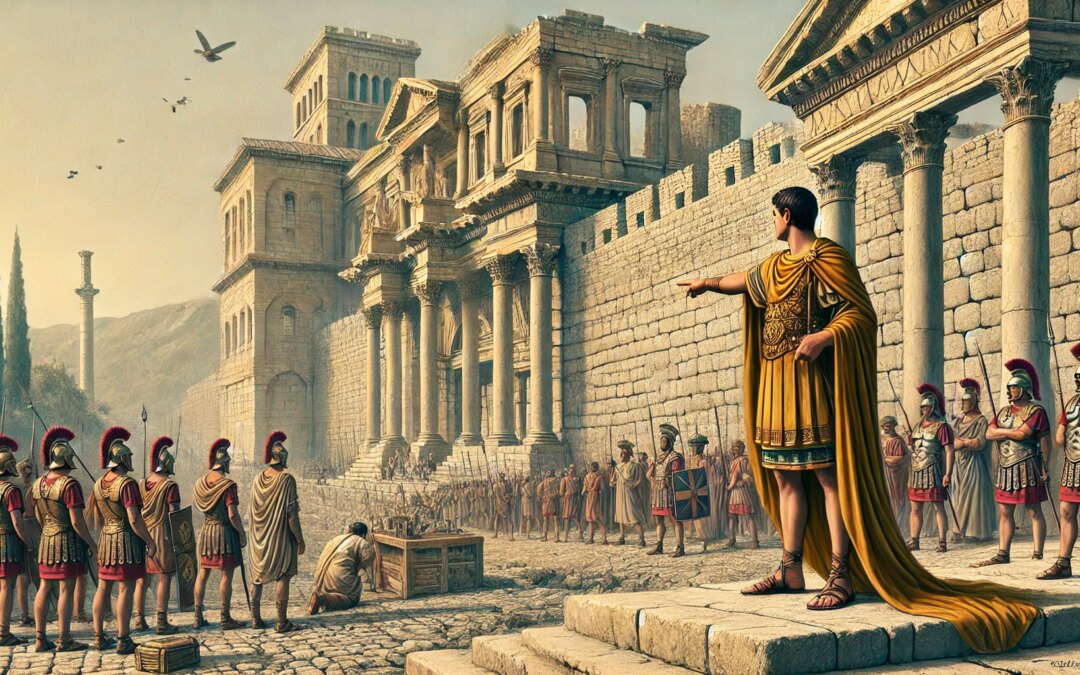

Explore Diocletian’s Palace in Split, the Roman emperor’s blend of military power and personal retreat on the Adriatic coast.
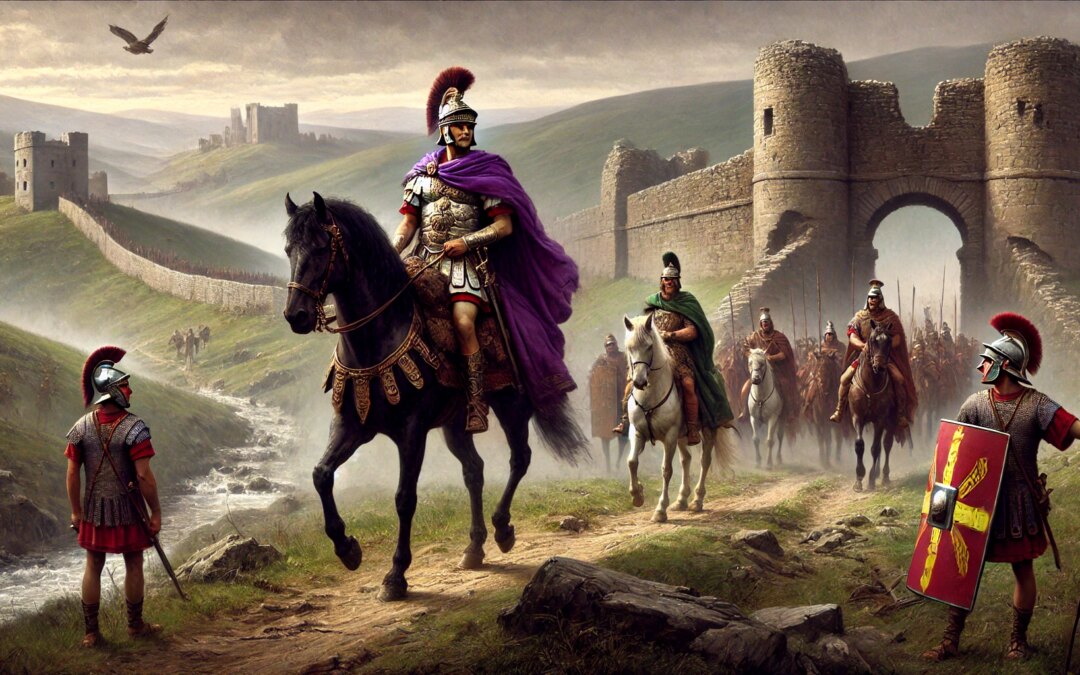
In 208 AD, Emperor Septimius Severus launched a final campaign in Roman Britain, marching north beyond Hadrian’s Wall to assert imperial control and secure the empire’s frontiers.
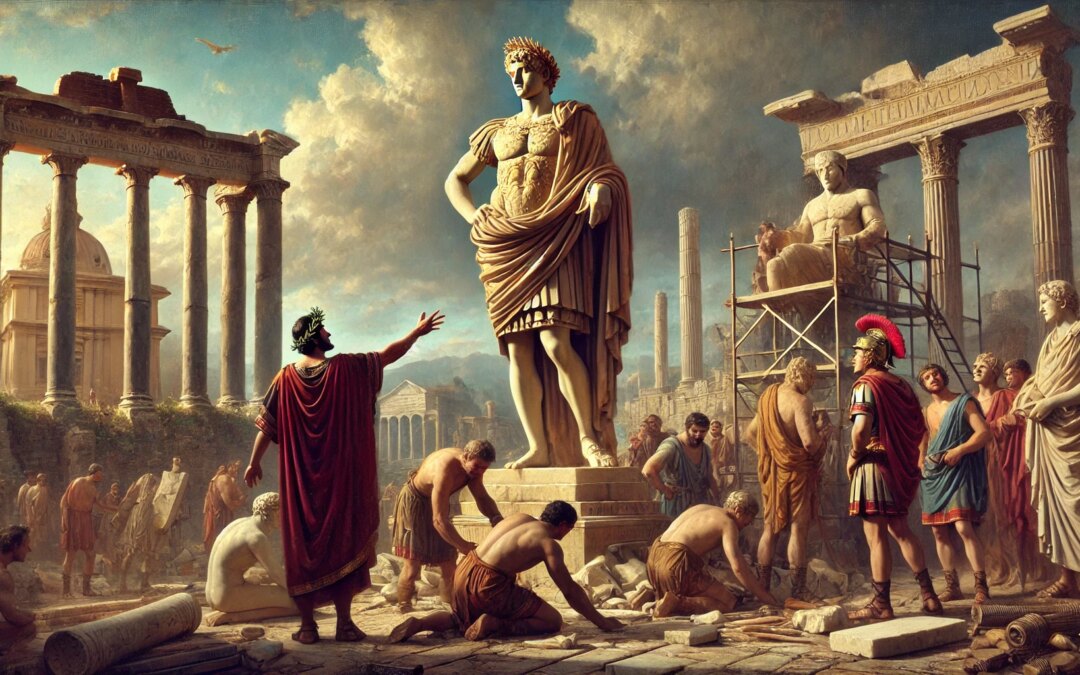
In 90 AD, Emperor Domitian commissioned a colossal statue of himself in the Roman Forum—a symbol of divine authority and imperial ambition that reflected the power and paranoia of his reign.
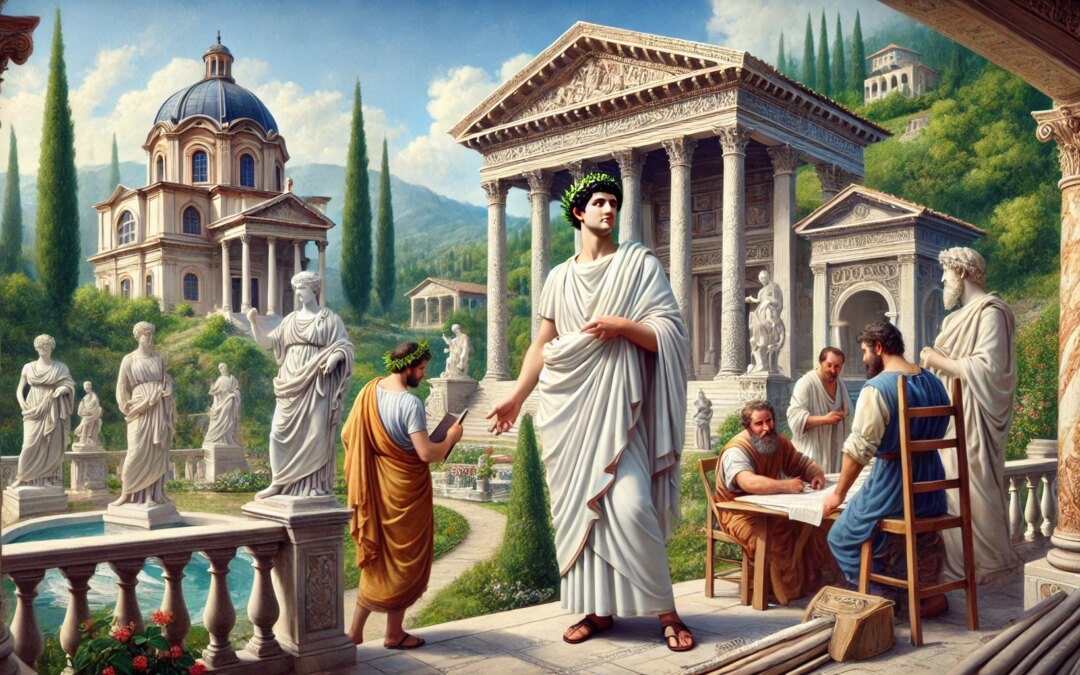
Around 125 AD, Emperor Hadrian began building a vast imperial villa at Tivoli—an architectural masterpiece that reflected his cosmopolitan vision and shaped Roman luxury for centuries.
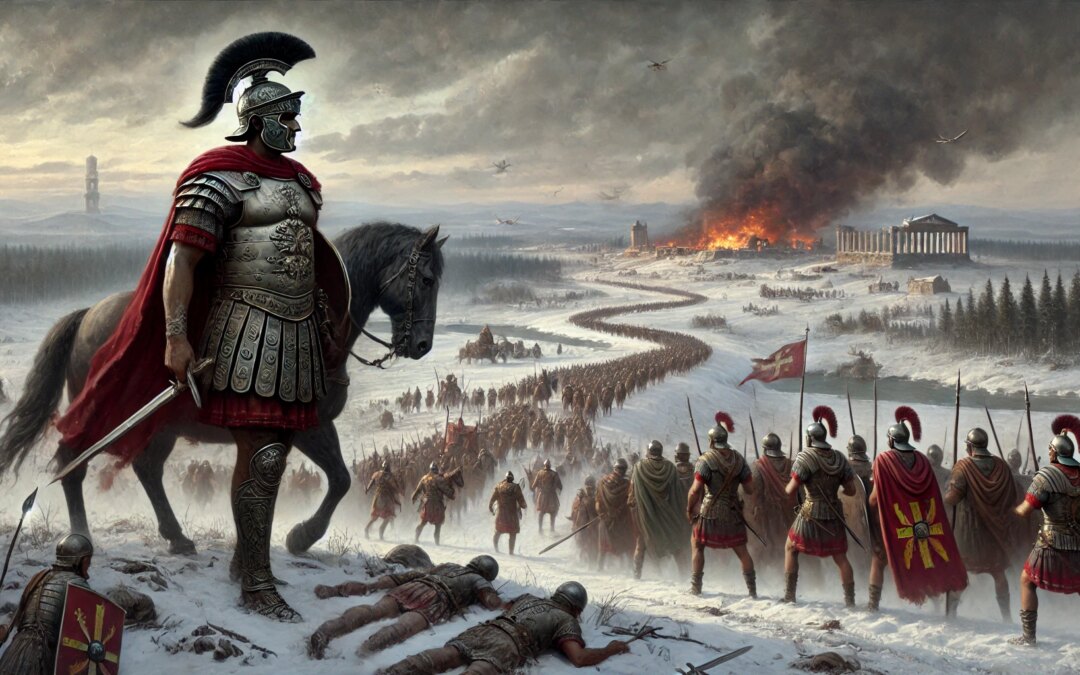
In 236 AD, Emperor Maximinus Thrax launched a ferocious campaign across the Danube, seeking glory and control—but his reign revealed the growing fragility of the Roman imperial system.
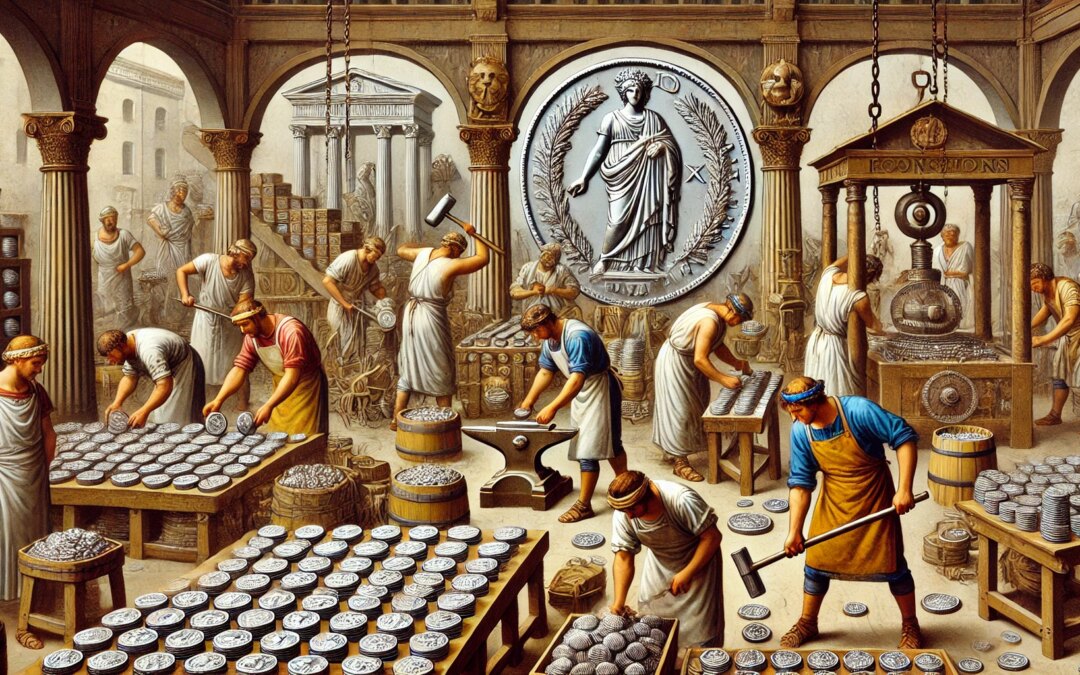
Uncover how Roman coins were minted in the 1st century AD—tools of economy, propaganda, and imperial control across the empire.
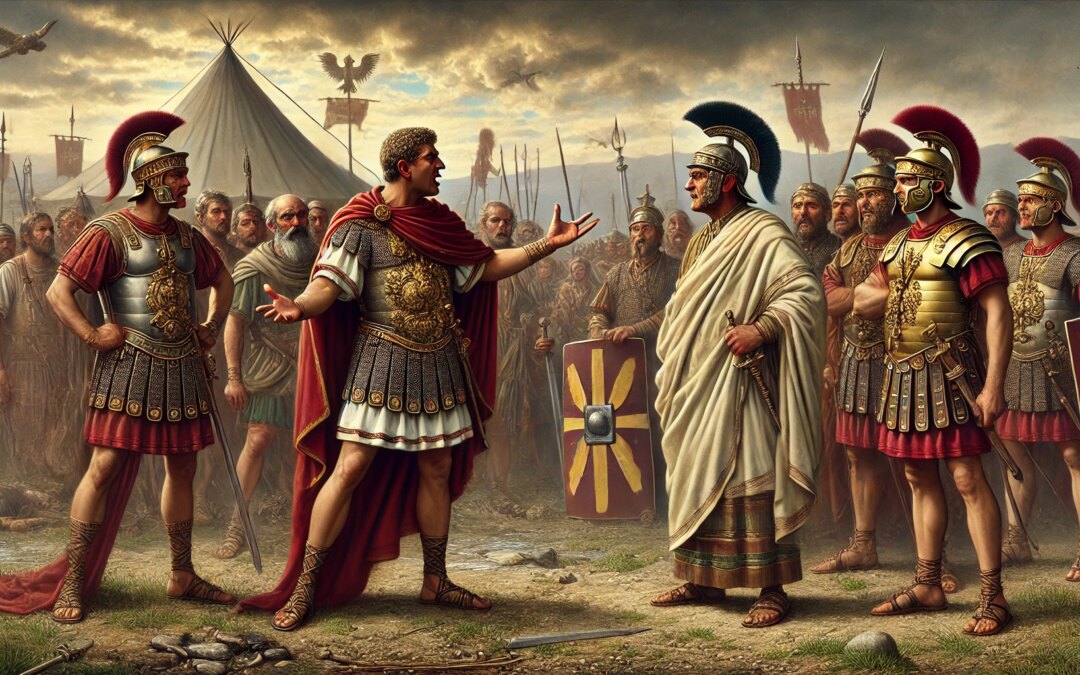
Emperor Valentinian I died of a stroke in 375 AD during a fiery confrontation with Alemannic envoys—ending a reign of military might and reform.
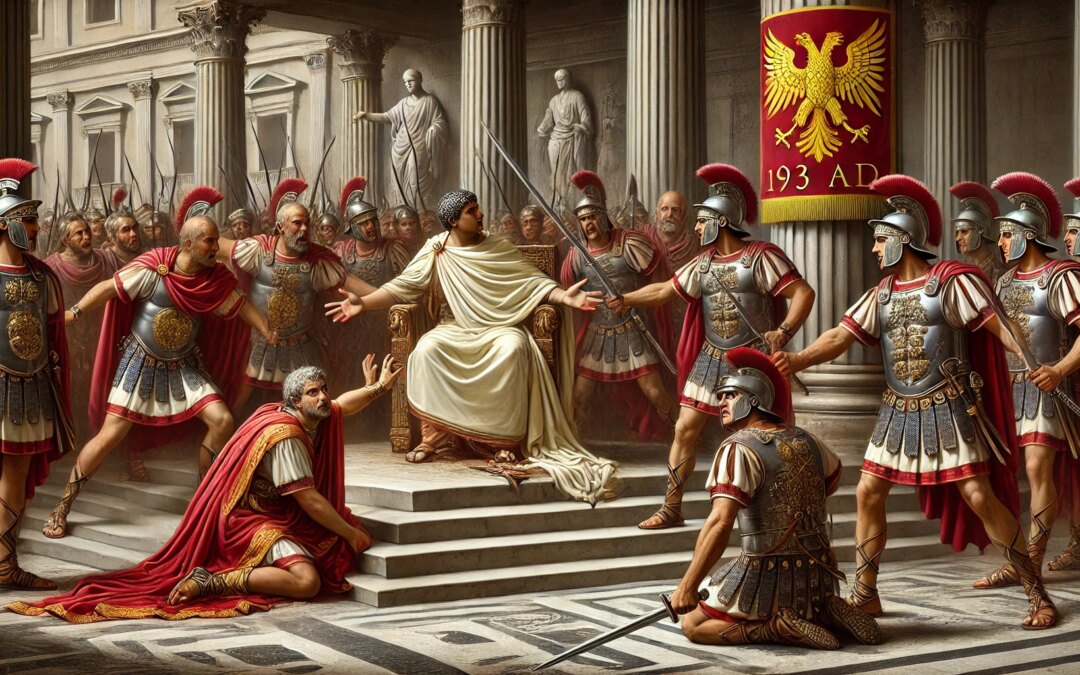
In 193 AD, Emperor Pertinax was assassinated by the Praetorian Guard—an event that exposed the fragility of imperial power in Rome.

In 193 AD, Emperor Pertinax was assassinated by the Praetorian Guard after a brief rule, triggering the infamous Year of the Five Emperors.
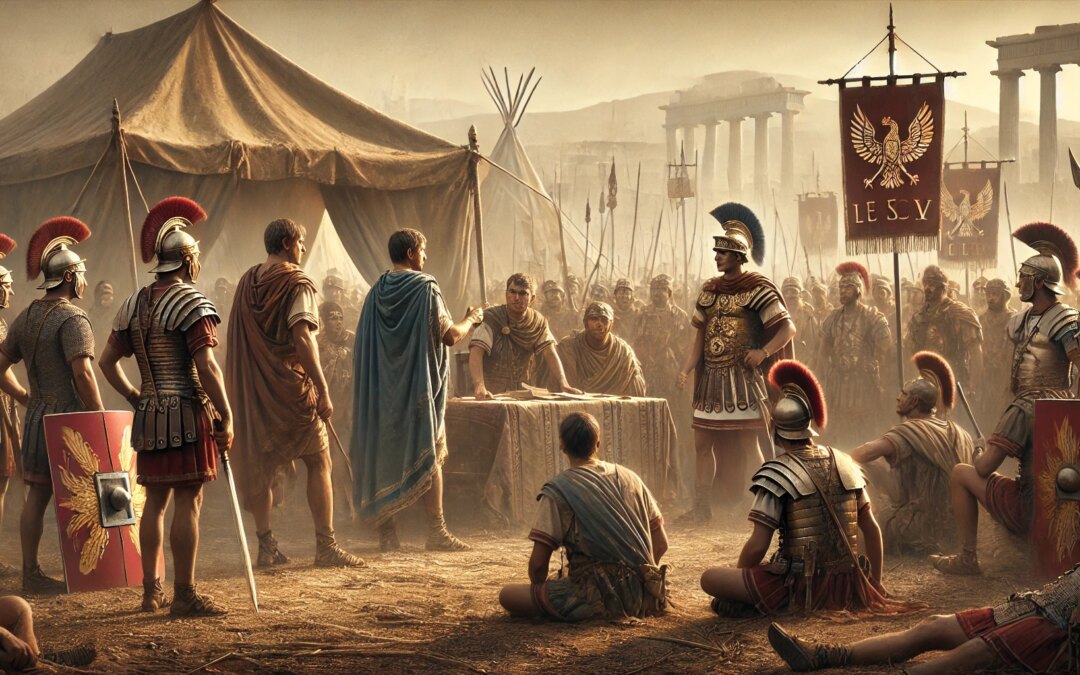
The Crisis of the Third Century (235–284 CE) saw Rome plagued by civil war, invasions, and economic turmoil, nearly leading to the empire’s downfall.